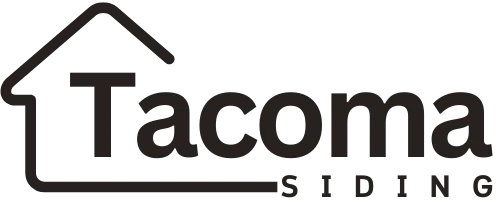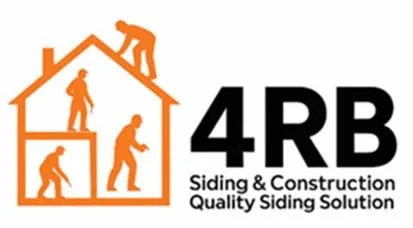Contact Us
Frequently Asked Questions
Answers To Your Common Questions
What areas do you serve?
Tacoma Siding operates throughout Tacoma and the greater Pierce County area. We frequently work in cities like Lakewood, Puyallup, Spanaway, University Place, and Federal Way. These areas share similar weather conditions, which helps inform material choices and installation methods. Understanding the local climate and construction norms allows us to make siding decisions that are both durable and appropriate for regional needs.
Is a full siding replacement always necessary?
Not always. If the existing siding is mostly intact, partial repairs can often address issues like localized damage or aging sections. However, if problems are widespread or if the material is outdated, full replacement may be more practical and cost-effective in the long term. Each case should be evaluated individually.
How long does siding installation usually take?
The timeline depends on several factors, including the size of the home, the type of siding being installed, and whether existing siding needs to be removed. On average, a siding project may take 3 to 7 days. Weather delays or custom material orders can affect this estimate. Planning ahead can help minimize disruptions.
What is EIFS and how is it different from traditional stucco?
EIFS (Exterior Insulation and Finish System) is a synthetic cladding system that includes layers of insulation and a durable finish coat. It differs from traditional stucco, which uses a cement-based application. EIFS is lighter, offers better insulation, and is more flexible in design, though it requires precise installation to avoid moisture issues.
Can new siding increase property value?
Updating siding can positively impact a home’s curb appeal, structural protection, and resale value. Well-installed siding not only improves appearance but also signals to potential buyers that the home is well-maintained. Materials like fiber cement and insulated siding may offer especially high return on investment due to their longevity and performance.
How do I know when siding should be replaced?
There are several indicators that siding may need to be replaced. These include visible damage such as cracks, warping, or loose panels, as well as issues like mold growth, fading color, or increased energy bills. In some cases, siding may appear intact but have hidden moisture problems beneath the surface. A professional inspection can help determine whether repair or replacement is the best course of action.
What types of siding are commonly used in the Tacoma area?
Popular siding options in the Tacoma area include vinyl, wood, fiber cement (like Hardie Board), stucco, EIFS, and metal siding. Each material varies in durability, cost, appearance, and maintenance needs. Local climate conditions—such as frequent rain and fluctuating temperatures—also influence which materials perform best over time.
Can siding improve a home’s energy efficiency?
Yes, siding can contribute to energy efficiency—particularly when combined with insulation or installed as part of a larger envelope upgrade. Materials like EIFS or insulated vinyl provide better thermal resistance. Reducing air leaks and improving insulation helps stabilize indoor temperatures and can lower heating and cooling costs over time.
Are there siding options that require less maintenance?
Yes. Vinyl and metal siding are popular choices for homeowners who want minimal upkeep. These materials resist fading, pests, and moisture without the need for frequent repainting or sealing. In contrast, wood siding offers a natural look but requires regular maintenance to prevent rot, mold, and weathering.
Can siding projects include other exterior upgrades?
In many cases, siding work is combined with related exterior improvements like roofing repairs or window replacements. Coordinating these projects can save time and ensure that transitions between materials are properly sealed. It’s often more efficient to address multiple elements of the exterior envelope in one integrated project.
© Copyright 2025 Tacoma Sidings. All Rights Reserved.

